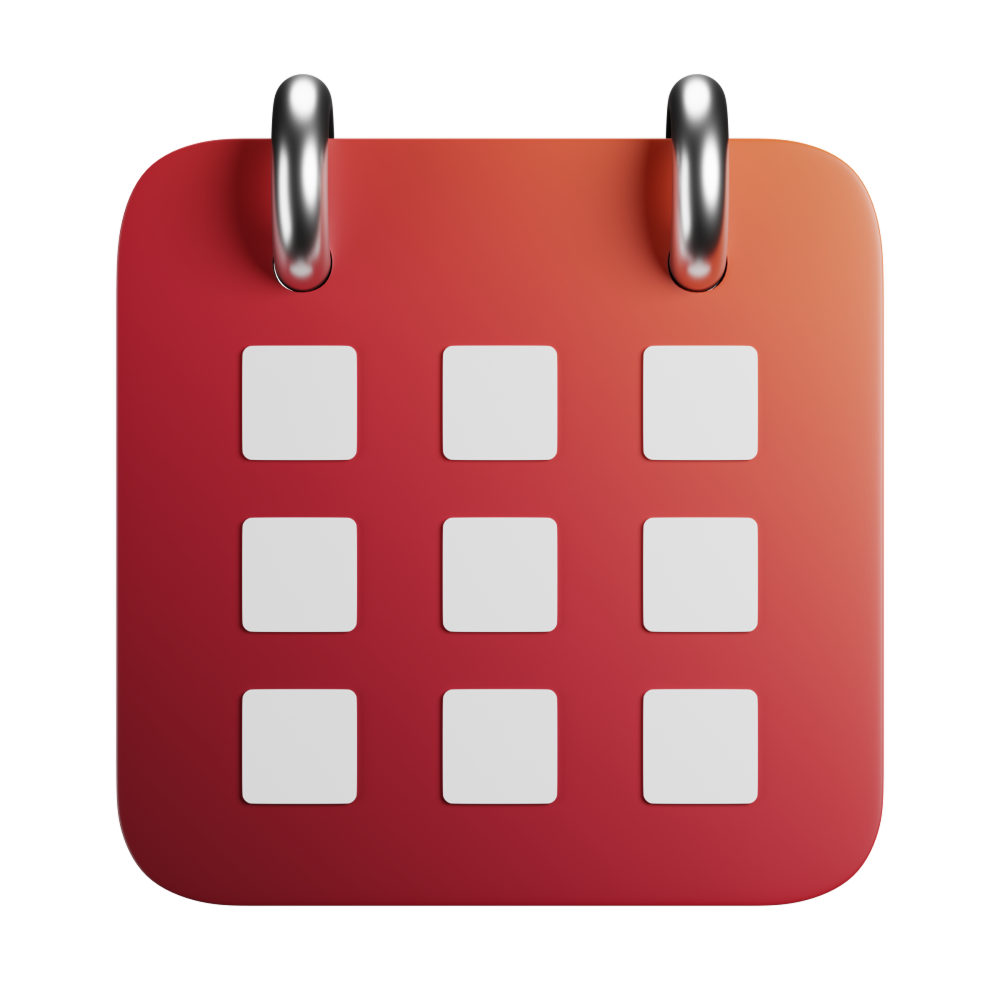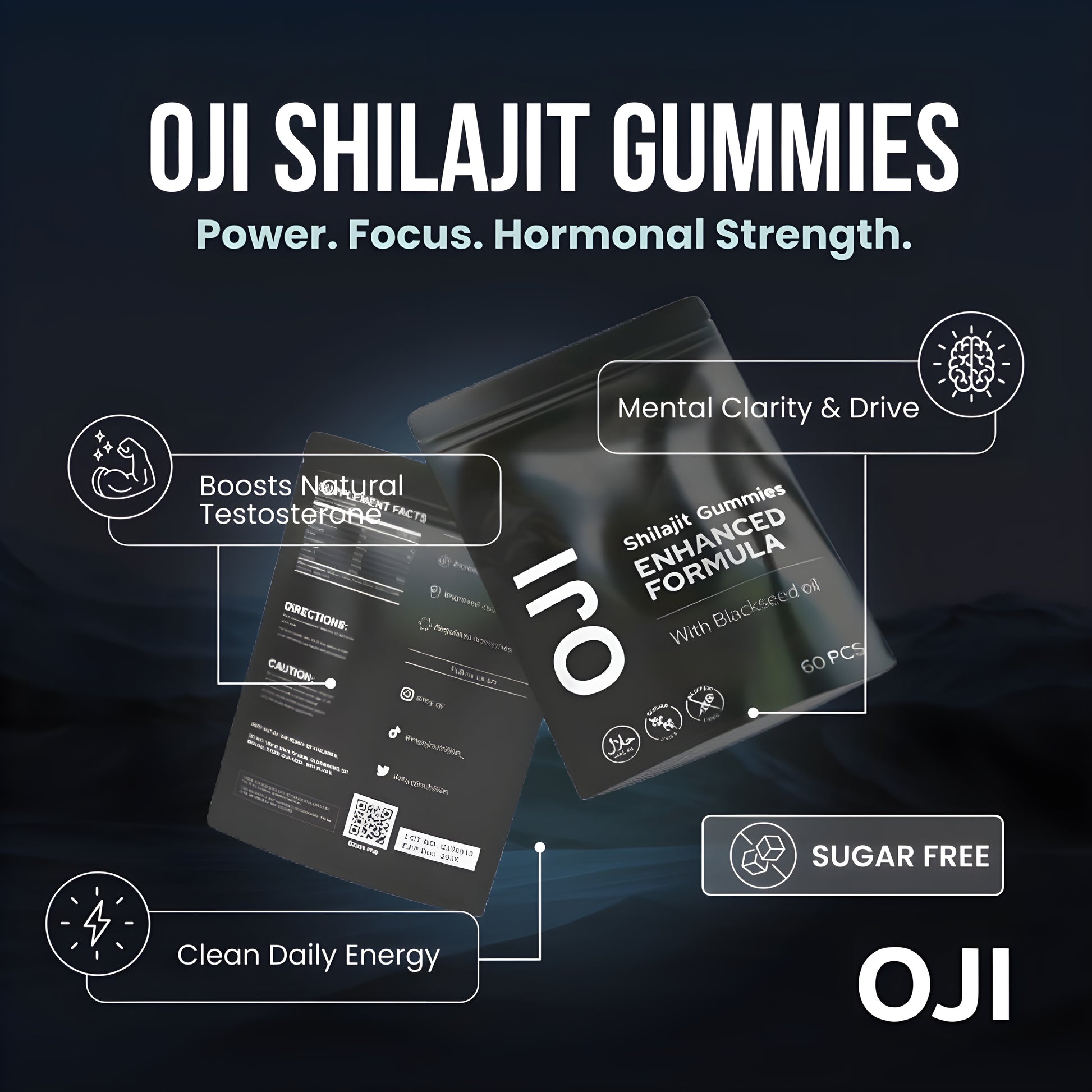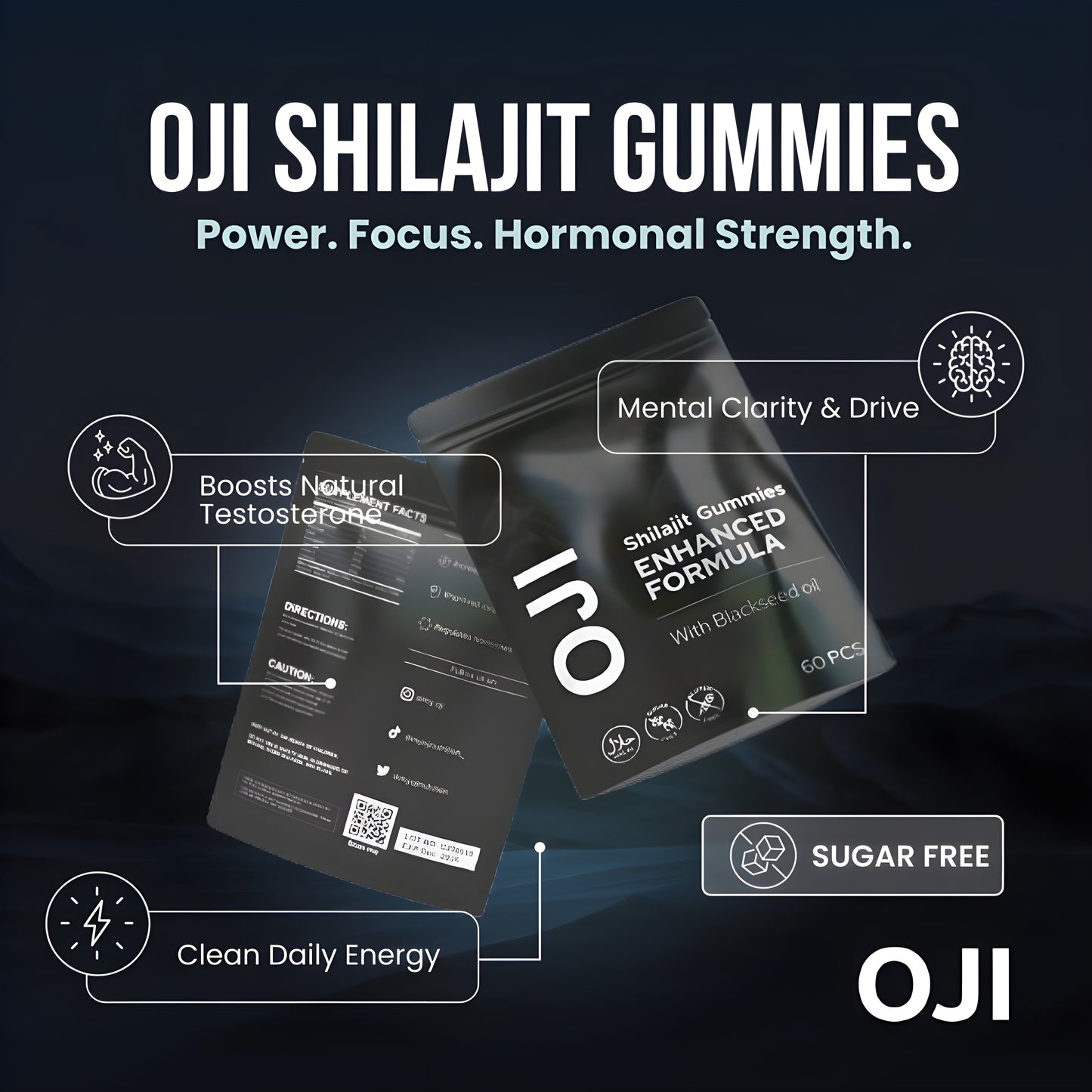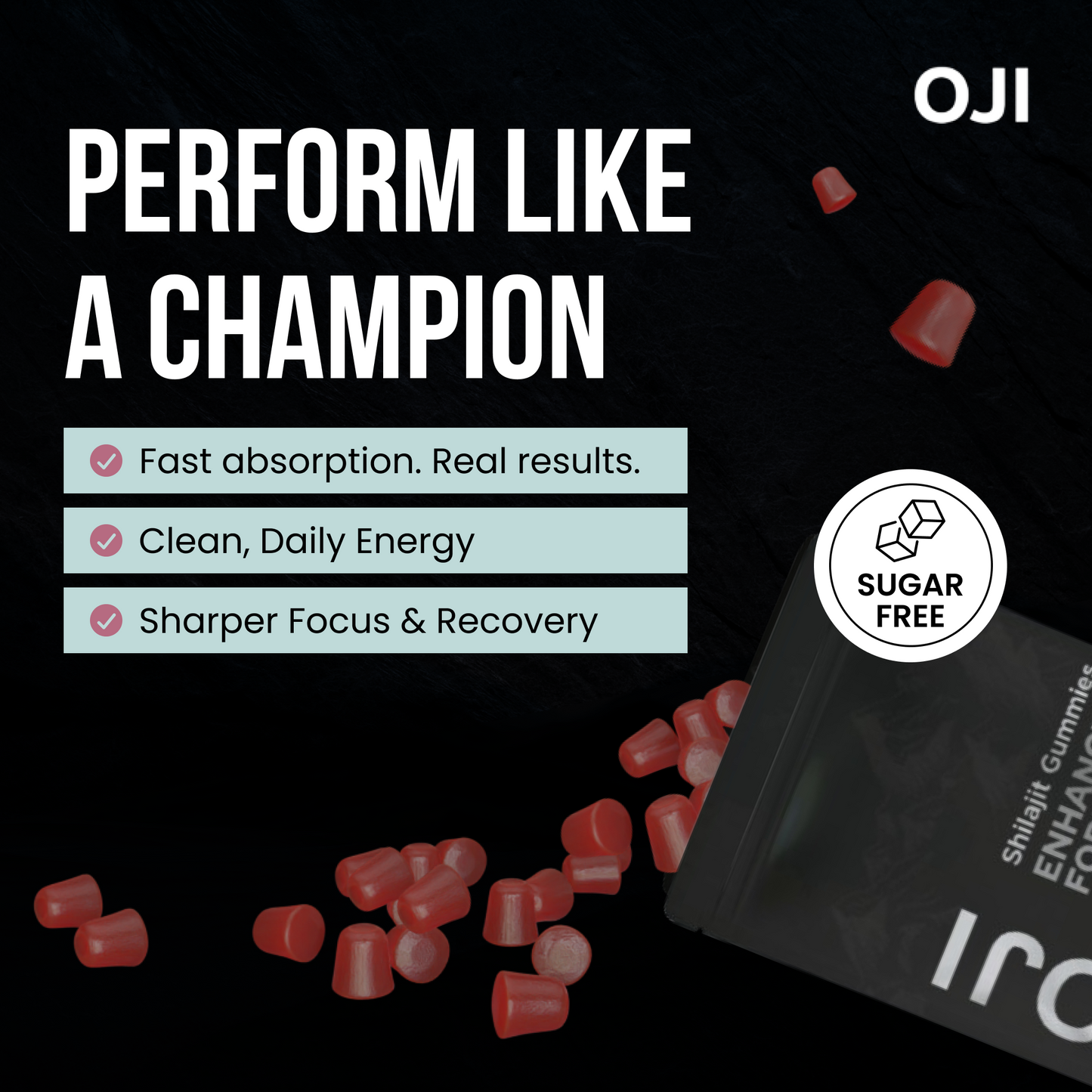Why Your Energy Crisis Isn't Actually Your Fault

Let's be honest, most energy advice just doesn't fit into real life. Expensive supplements and strict morning routines often fail because they don't get to the root of the problem. I've been talking to researchers and folks who have actually made a difference in their energy levels, and what's dragging us down is often right under our noses.
Beyond Genetics and Age
We hear it all the time: our genes and age dictate our energy. But it's just not that simple. Sure, these things play a part, but they're rarely the main reason you're hitting a wall every afternoon. Think of it like this: your genetics might give you a smaller gas tank, but that doesn't mean you can't learn to drive more efficiently.
I used to think my family history was to blame for my afternoon slump. Then I realized my open-plan office and the constant barrage of notifications were the real energy suckers. Managing my environment and information overload made a real difference.
Unveiling the Hidden Energy Vampires
So, what are these hidden energy drains? They're often the small, everyday habits that quietly sap your energy without you even realizing it. Think about your day: How much time do you spend scrolling on social media? How often are emails or messages interrupting your flow? Are you surrounded by clutter and noise?
These things might seem insignificant, but they add up. Other factors like poor sleep, dehydration, and not getting the right nutrients can also have a huge impact.
Small Tweaks, Big Impact
The good news? You don't need to turn your life upside down to get your energy back. Small, focused changes can have a surprisingly powerful effect. Even addressing one or two key energy drains can create a ripple effect of positive changes. It's about working with your body, not against it.
Speaking of national shifts, did you know the United Kingdom has seen some impressive changes in its energy use over the last two decades? Despite economic growth and more households, overall energy consumption has actually decreased, thanks largely to improvements in efficiency. Check out the details here: UK Energy Consumption Trends.
This just goes to show what small changes can do on a large scale. The same applies to your personal energy. Instead of looking for a quick fix, focus on building healthy habits that will last. The key is to figure out your personal energy vampires and find what works for your life. This isn't about magic bullets; it's about building a strong foundation of healthy habits so you can feel your best, every day.
Sleep Like Someone Who Actually Gets Things Done

Forget the eight-hour rule. Productive people don't fixate on a magic sleep number. They prioritize sleep quality over quantity. I've been researching how high-achievers approach sleep, and it boils down to working with your natural rhythms, not against them.
Your Bedroom: Your Sleep Sanctuary
Your bedroom environment matters more than you might think. It's not just about a comfortable mattress. A dark room tells your brain it's time to relax. A cool room (around 18°C) is ideal for sleep. Even decluttering and minimizing noise can significantly improve how rested you feel.
For example, I used to have trouble sleeping until I realized my bright bedside clock was the culprit. Just covering it up made a noticeable difference. It's amazing how small changes can have a big impact.
Taming the Tech Beast: Screen Time and Sleep
We all know screen time before bed can wreck our sleep. But successful people don't necessarily ban all technology. They're just more strategic about it. Blue light from screens messes with melatonin production, the hormone that regulates sleep. Using a blue light filter on your devices or wearing blue-light-blocking glasses can help.
Setting boundaries with screen time is also important. Try stopping screen use an hour or two before bed to let your mind unwind. This creates a buffer between the stimulation of screens and the calm you need for sleep.
When Your Mind Won't Quiet Down
We all have those nights where our thoughts race, keeping us awake. Instead of tossing and turning, energetic people have ways to quiet their minds. A simple trick is keeping a notepad and pen by your bed. Writing down those racing thoughts can clear your head, making it easier to fall asleep.
This helps get those worries out of your head and onto paper, freeing up mental space for sleep. It also takes away the pressure of trying to remember everything, letting your mind relax. This simple step can be surprisingly effective for better sleep and more energy the next day.
Let's take a closer look at how different aspects of sleep quality directly affect your energy levels. The table below breaks down the impact of various sleep factors:
Sleep Quality vs Energy Levels Comparison
| Sleep Factor | Poor Quality Impact | Optimised Impact | Energy Level Change |
|---|---|---|---|
| Sleep Duration | Feeling sluggish, difficulty concentrating | Feeling refreshed and alert | Significant increase |
| Sleep Environment (light, noise, temperature) | Restless sleep, frequent waking | Deep, uninterrupted sleep | Noticeable increase |
| Pre-sleep Routine | Difficulty falling asleep, racing thoughts | Easier to fall asleep, calmer mind | Moderate increase |
| Screen Time Before Bed | Difficulty falling asleep, reduced sleep quality | Easier to fall asleep, improved sleep quality | Moderate increase |
| Stress Management | Restless sleep, difficulty staying asleep | Deeper sleep, improved sleep quality | Significant increase |
As you can see, optimizing even one of these factors can lead to a noticeable boost in your daily energy. Addressing multiple factors compounds these benefits, leading to a significant positive impact on your overall energy levels. By focusing on these key areas, you can take control of your sleep and unlock your full potential for energy and productivity.
Eating for Energy Without Becoming a Food Perfectionist

Let's be honest, the connection between food and energy is way more nuanced than Instagram influencers make it out to be. Forget chasing "perfect" meals. It's all about building sustainable eating habits that truly nourish you. I've chatted with nutritionists and folks who just seem to radiate energy, and they all agree: consistency trumps perfection.
Smart Food Choices for Steady Energy
Some foods give you that sustained energy, while others send you on a rollercoaster. Complex carbohydrates, found in whole grains like brown rice and oats, release energy gradually. This keeps your blood sugar stable, preventing those afternoon slumps. Lean protein, like fish and chicken, also contributes to steady energy levels.
Think about it: swapping your sugary cereal for a bowl of oatmeal with nuts and seeds can be a game-changer. You’ll feel full and satisfied, with consistent energy throughout the morning. This isn't about deprivation, it's about choosing foods that align with your energy goals.
Meal Timing Strategies That Actually Work
When you eat is just as crucial as what you eat. Even with a jam-packed schedule, being mindful of meal timing can prevent energy crashes. Eating smaller, more frequent meals helps maintain stable energy and avoids that sluggish, overstuffed feeling.
I have a friend, a super busy entrepreneur, who swears by this. She preps small meals and snacks ahead of time, which keeps her going even on her busiest days. It's less about rigid meal plans and more about finding a rhythm that works for you. You might be interested in: Shilajit Benefits to Boost Energy & Wellness Naturally
Hydration: Your Secret Energy Weapon
We often underestimate the importance of hydration when it comes to energy. Even being slightly dehydrated can lead to fatigue and brain fog. Think of your body like a car: it needs adequate fluids to run smoothly. Water is essential for all bodily functions, including energy production.
Something as simple as keeping a reusable water bottle with you and refilling it throughout the day can make a surprising difference. If plain water isn't your thing, try adding slices of lemon or cucumber. Small habit, big impact. On a slightly related note, it's fascinating to look at electricity consumption in the UK. Peak usage was back in 2005 at 357 terawatt-hours, dropping to 266 TWh in 2023, the lowest this century. It shows how optimizing energy use can lead to greater availability. Discover more insights about UK electricity consumption.
Identifying Energy Saboteurs
Certain foods and drinks can totally sabotage your energy levels. Processed foods, sugary drinks, and too much caffeine might provide a temporary high, but they’re inevitably followed by a crash. These quick fixes ultimately work against your long-term energy goals.
Paying attention to how different foods make you feel is key to identifying your personal energy saboteurs. This awareness empowers you to make informed choices that genuinely support your well-being. By focusing on sustainable habits and ditching the quick fixes, you can build a foundation for lasting energy that carries you through the entire day.
Moving Your Body Without Burning Out

This chart shows how much water most people drink compared to the recommended amount, and how it impacts their energy. It’s interesting to see that even getting a little closer to that eight-cups-a-day mark can give you a noticeable boost – sometimes even a 25% increase! Let's shift gears and talk about movement. Energetic people aren't always hitting the gym hard; they’ve just figured out how to use movement strategically. It's less about tough workouts and more about finding what truly works for you.
Timing is Everything: Matching Movement to Your Energy Flow
Forget forcing yourself to exercise when you're already wiped. Instead, pay attention to how different activities make you feel at different times of the day. A brisk morning walk can be incredibly refreshing, while gentle yoga might be the perfect way to unwind in the evening. Play around with it and discover what types of movement give you a lift at different points in your day.
For example, I’ve found that a quick burst of high-intensity interval training (HIIT) in the mid-afternoon really helps me bust through that post-lunch slump. And I’m not talking about a long, exhausting workout. Just 10-15 minutes can do the trick.
Different Movements, Different Effects: Finding Your Energizing Sweet Spot
Not all movement is created equal in terms of energy. Sometimes high-impact exercise can actually drain you, especially if you’re already tired. On the other hand, gentle movement, like stretching or a nature walk, can be surprisingly energizing. Think of it like choosing the right fuel for your body. Sometimes you need a big boost, other times something less intense works just fine.
Personally, I find that low-impact activities like swimming or cycling give me sustained energy without the crash afterward. This goes hand-in-hand with listening to your body. If something consistently makes you feel drained, don't force it. Experiment until you find what truly works for you.
Practical Movement Strategies for Busy Lives
Even with a jam-packed schedule, you can still fit in energizing movement. Take the stairs instead of the elevator, walk or bike to work if you can, or schedule short movement breaks throughout the day. These little bursts of activity really add up.
I used to think I didn't have time for exercise. Then I started taking short walks during my lunch break and using a standing desk. The difference these small changes have made is remarkable. It's not about adding yet another thing to your to-do list; it's about weaving movement into your existing routine. Even something as simple as stretching while waiting for the kettle to boil counts! The key is to get creative and make movement a natural part of your day.
To illustrate this further, let's look at the impact of different exercise types on your energy levels. The table below provides a quick comparison:
Exercise Types and Energy Impact Comparison of different exercise types and their effects on daily energy levels
| Exercise Type | Duration | Energy Cost | Energy Benefit | Best Timing |
|---|---|---|---|---|
| Brisk Walking | 30 minutes | Moderate | Increased alertness, improved mood | Morning or afternoon |
| Yoga | 60 minutes | Low to Moderate | Reduced stress, improved sleep | Evening |
| HIIT | 10-15 minutes | High | Significant short-term energy boost | Mid-afternoon slump |
| Swimming | 30-60 minutes | Moderate | Sustained energy, low impact | Any time |
| Cycling | 30-60 minutes | Moderate | Sustained energy, improved cardiovascular health | Any time |
| Stretching | 10-15 minutes | Low | Increased flexibility, reduced muscle tension | Morning or evening |
As you can see, finding the right balance of energy cost and benefit is key to optimizing your daily energy. Experiment with different activities and durations to discover what fits your needs and preferences.
Identifying What's Actually Draining Your Energy
Sometimes the biggest wins with energy come not from adding more, but from stopping the leaks. I've been researching and chatting with people who've made real strides in boosting their energy, and the biggest drains are often sneaky little things. They're not the obvious culprits we usually blame.
Your Environment: A Hidden Energy Thief
Your physical space plays a much bigger role in your energy levels than you might think. Everything from the lighting and air quality to how organized your desk is can have a real impact. Think about it: harsh fluorescent lights can be totally draining, while natural light can boost your mood (and energy!). A cluttered desk can make you feel mentally overwhelmed, which saps your energy too.
For example, I used to work in a dimly lit office and I was constantly sluggish. Just moving to a brighter space and adding a plant near my desk made a surprising difference. It's crazy how much our environment affects us.
People and Situations: Navigating Energy Vampires
We all know those people and situations that leave us feeling completely wiped out. Learning to spot them – without becoming a total hermit – is key to protecting your energy. This isn't about cutting everyone out of your life, it's about setting healthy boundaries and being thoughtful about how you spend your time and who you spend it with.
Think about social gatherings that leave you feeling drained. Maybe it's a particular person or the dynamic of the group. Recognizing these energy drains helps you make smart choices about when and how you engage. This might mean declining certain invitations or limiting your time in specific situations.
Information Overload: Taming the Digital Beast
It's so easy to get overwhelmed by the constant stream of information these days. Emails, messages, social media – it never ends. This constant influx can be mentally exhausting, leaving you feeling drained and scattered. Managing this digital deluge is a must for maintaining your energy. Setting boundaries with technology is crucial.
This might mean setting specific times for checking email or silencing notifications after work hours. You might even want to check out this guide on clearing brain fog: Check out our guide on clearing brain fog. It can be really helpful if you're struggling with mental clarity and focus because of information overload. Speaking of energy, historical electricity data is fascinating! It shows how energy production and consumption have changed over time, giving us clues about how to make energy more available. Discover the history of UK electricity.
Setting Boundaries: Protecting Your Energy Reserves
Setting boundaries isn't selfish, it's self-care. Learning to say "no" to things that drain you, whether it's a social event or taking on another project at work, is important for keeping your energy levels up. This can be tough, especially when we're often told to celebrate being busy. But remember, protecting your energy lets you be more present and engaged in the things that truly matter.
This could mean having honest conversations with your friends and family about your needs, or setting clear expectations with colleagues. It’s about creating a sustainable rhythm that supports your well-being and prevents burnout. By identifying and addressing these energy drains, you can build a more balanced and energized life.
Designing Daily Rhythms That Actually Support You
Your daily structure can be a powerful ally in maximizing your energy. I've found, through observing others and my own experiences, that high-energy people don't necessarily adhere to rigid schedules. Instead, they understand their body's natural ebbs and flows and work with them, not against them. It's about creating a flexible framework, not a rigid timetable.
Identifying Your Natural Energy Peaks and Valleys
We all experience natural peaks and valleys in our energy levels throughout the day. Tuning into these patterns is the first step in creating a daily rhythm that truly works for you. Rather than fighting your body's natural inclinations, try scheduling demanding tasks for your peak energy periods.
For example, I'm most productive in the mornings. So, I block out those first few hours for my most important work: writing and creative tasks. I save less demanding activities, like email and organizing, for the afternoon slump. This way, I'm riding the wave of my natural energy, rather than constantly swimming upstream.
Managing Energy Transitions Smoothly
Switching between different types of activities can be surprisingly draining if not handled well. Think about it like shifting gears in a car—you need to do it smoothly to avoid a jarring experience. The same applies to your daily activities. Short "transition periods" can make a world of difference.
After a long meeting, I might take five minutes to stretch, listen to a calming piece of music, or just step away from my desk. These mini-breaks prevent energy crashes and help me stay focused. This also works for the transition between work and personal time. A short walk or a few minutes of meditation can help you disconnect from work and be present in your evening.
Morning Routines That Energize, Not Overwhelm
Morning routines are fantastic, but they shouldn't add to your stress levels. Instead of trying to cram in a million things, focus on a few key habits that truly set you up for a day of high energy. This might include a short workout, a healthy breakfast, or some mindfulness practice. The key is to start your day feeling energized and focused, not overwhelmed and behind.
Personally, I find that starting my day with a glass of water and a short meditation is much more effective than immediately checking my phone. It helps me prioritize my well-being and sets a calm, intentional tone for the day.
Winding Down Effectively Without Rigid Rules
Just like a positive morning routine sets the stage for the day, a relaxing evening routine is crucial for restful sleep and recharging your batteries. This doesn't have to be complicated. The key is to find what works for you and helps you unwind.
This might be reading, a warm bath, listening to relaxing music, or spending time with loved ones. The goal is to create a calming pre-sleep ritual that signals to your body that it's time to rest and recharge. Discovering a sustainable wind-down routine that helps you disconnect from the day's activities and prepare for sleep is key to having more energy the next day. By incorporating these rhythms into your life, you’ll create a system that consistently supports your energy levels and overall well-being.
Building Your Personal Energy Action Plan
Let’s ditch the cookie-cutter approach and create an energy plan that actually works for you. Forget striving for perfection; we're aiming for realistic changes you can stick with. It's all about figuring out what makes your body hum, noticing the changes, and adjusting as you go. This isn't a one-size-fits-all deal; it’s your own personal energy journey.
Prioritizing for Maximum Impact
Instead of trying to change everything at once, let's zone in on the strategies that'll give you the biggest energy bang for your buck. Think about what drains your energy the most. Is it restless nights? A diet that's all over the place? Not moving enough? Once you pinpoint your energy zappers, you can prioritize the best ways to tackle them.
For example, if you're always hitting that afternoon slump, focusing on when you eat and sneaking in short movement breaks might be more effective than trying to completely revamp your diet or suddenly starting an intense workout routine. Small, focused changes can make a surprisingly big difference.
Tracking Your Energy Patterns (Without Obsessing)
A simple energy journal can be a game-changer. No need to log every single calorie or minute of sleep. Just jot down how you're feeling throughout the day, what you ate, when you moved your body, and anything else you think might be affecting your energy. This gives you valuable clues about your energy patterns and helps you make smarter choices.
I used to think my afternoon slump was just part of life. Then, after tracking my energy for a week, I realized it hit right after lunch, along with major sugar cravings. Swapping my usual sugary treat for a handful of almonds and a quick walk completely changed things. Small tweaks, big results.
Separating What Works From What Sounds Good
It’s so easy to get caught up in the hype of every new energy-boosting trend. But what sounds amazing in theory doesn’t always pan out in real life. Be honest with yourself about what’s actually working versus what you wish was working.
For instance, that fancy supplement might sound incredible, but if it doesn’t give you more energy, it's not worth it. Focus on the strategies that give you a noticeable boost, not the ones that look good on paper. If you're curious about natural energy supplements, you might find this helpful: Read also: Natural Energy Supplements.
Adapting Your Plan as Life Changes
Life throws curveballs. Your energy needs and challenges will shift as your work, family, and other commitments change. Your energy plan needs to be just as adaptable. Don't hesitate to adjust your approach as needed.
Maybe your morning routine no longer fits with your new schedule. That’s perfectly fine. Change it! The key is to create a sustainable approach that keeps up with your ever-changing energy demands. Consistent small changes over time are way more effective than huge, short-lived overhauls. It’s about building long-term habits that nourish your energy for the long haul.
Ready to experience the benefits of a natural energy boost? Discover Oji Shilajit, our premium Shilajit gummies formulated to support your vitality and well-being. Visit our website to learn more and order yours today!






